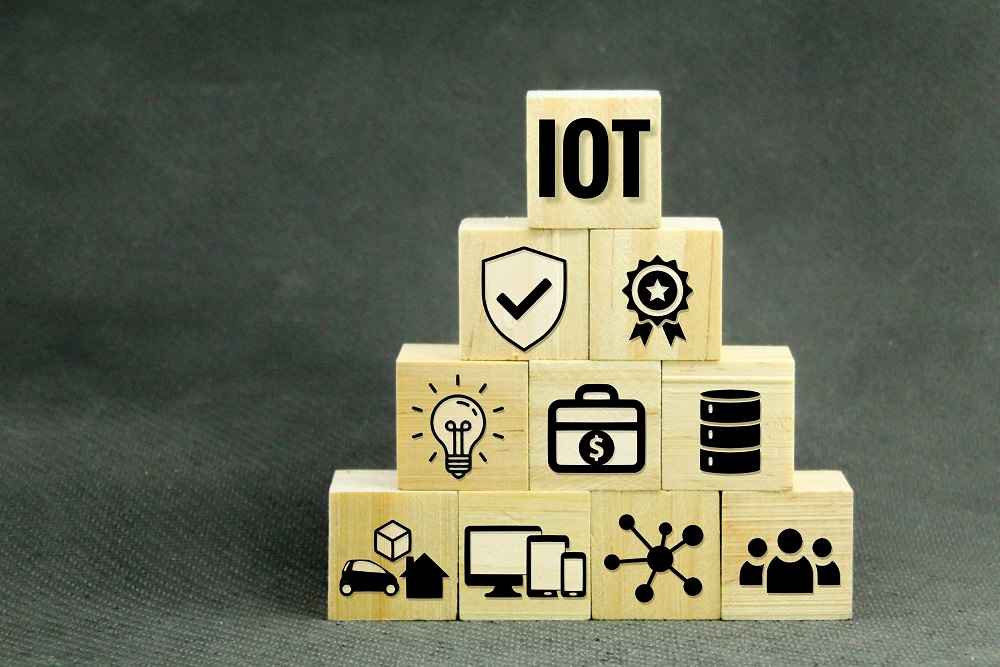The proliferation of Internet of Things (IoT) devices has revolutionized how we interact with technology, enabling connectivity and automation in various aspects of our lives. However, with this increased connectivity comes significant concerns regarding security and privacy. In this article, we’ll explore the challenges and solutions associated with ensuring security and privacy in the IoT ecosystem.
The Growing Importance of IoT Security
As IoT devices become more prevalent in homes, workplaces, and public spaces, the need for robust security measures becomes paramount. These devices, ranging from smart thermostats and wearable fitness trackers to industrial sensors and autonomous vehicles, collect and transmit vast amounts of data, making them attractive targets for cybercriminals. A breach of security in an IoT device can have far-reaching consequences, compromising sensitive information, disrupting critical infrastructure, and even endangering lives.
Implementing effective security measures in IoT systems is essential to mitigate these risks. This includes securing device endpoints, encrypting data transmission, implementing access controls, and regularly updating firmware to address vulnerabilities. Additionally, security protocols such as Transport Layer Security (TLS) and Advanced Encryption Standard (AES) play a crucial role in protecting IoT communications from interception and tampering.
Addressing Privacy Concerns in IoT
In addition to security, privacy is a significant concern in the IoT landscape. IoT devices collect vast amounts of personal data, including location information, biometric data, and behavioral patterns. This data can be exploited for various purposes, including targeted advertising, surveillance, and identity theft. Therefore, it’s essential to establish clear privacy policies and data protection measures to safeguard users’ personal information.
One approach to enhancing privacy in IoT is through privacy-preserving techniques such as data anonymization, pseudonymization, and differential privacy. These techniques enable organizations to collect and analyze data while minimizing the risk of identifying individuals. Additionally, user consent and transparency regarding data collection and usage are critical aspects of preserving privacy in IoT ecosystems.
Challenges and Considerations
Despite the efforts to enhance security and privacy in IoT, several challenges persist. One significant challenge is the diversity and complexity of IoT devices and ecosystems, which make it difficult to establish universal security standards and practices. Additionally, the proliferation of legacy devices with outdated security features poses a significant risk to IoT networks.
Furthermore, the interconnected nature of IoT ecosystems introduces new attack vectors and threats, such as distributed denial-of-service (DDoS) attacks and supply chain vulnerabilities. These challenges underscore the need for collaboration between industry stakeholders, policymakers, and cybersecurity experts to develop comprehensive strategies for addressing security and privacy concerns in IoT.
Future Directions and Innovations
Looking ahead, emerging technologies and innovations hold promise for enhancing security and privacy in IoT. Blockchain technology, for example, offers decentralized and tamper-resistant mechanisms for securely managing IoT devices and data. Similarly, artificial intelligence (AI) and machine learning (ML) can be leveraged to detect and mitigate security threats in real-time, enhancing the resilience of IoT systems.
Moreover, the development of privacy-enhancing technologies (PETs) and trusted execution environments (TEEs) enables secure and confidential data processing in IoT environments, preserving user privacy without sacrificing functionality. By integrating these technologies into IoT frameworks, organizations can strengthen security, protect privacy, and foster trust among users and stakeholders.
Conclusion
Security and privacy are paramount considerations in the design, implementation, and deployment of IoT systems. As IoT continues to evolve and expand into new domains, addressing security and privacy concerns becomes increasingly complex and challenging. However, by adopting a proactive and collaborative approach, leveraging emerging technologies, and prioritizing user trust and data protection, we can build a safer and more privacy-respecting IoT ecosystem. As we navigate the opportunities and challenges of the IoT landscape, ensuring security and privacy remains essential to realizing the full potential of connected technologies.


